Top dressing of sweet peppers in the greenhouse and open ground: when and how to fertilize
Obviously, you decided that you need help caring for your pepper, namely, you want to know when and with what you can feed it in order to increase its yield.
Well, then we'll talk in detail about how to properly feed peppers in a greenhouse and open ground, what fertilizers are best used after planting seedlings, during flowering and fruiting.
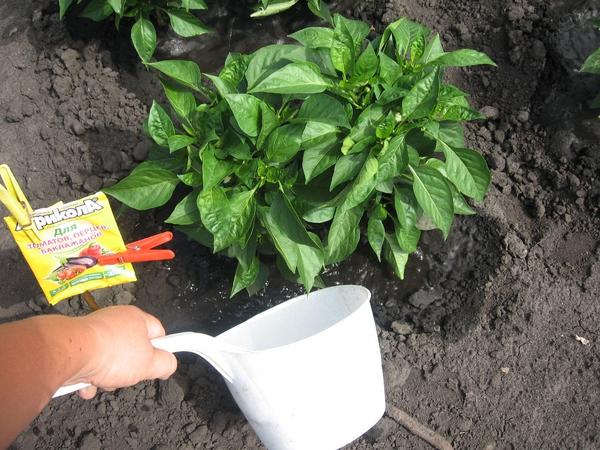
Content
How to feed peppers in a greenhouse and open field
Consider the main methods (types) and rules for feeding pepper.
There are no differences in the feeding of pepper, which is grown in the greenhouse and in the open field.
Feeding methods
There are 2 ways or types of feeding any plant (including peppers):
- root (watering at the root);
- foliar (by leaves).
Root dressing imply the application of fertilizer directly under the root of the plant, as a rule, in liquid form (i.e. a solution is prepared first = granular or liquid fertilizers are dissolved in water). Most often in this way they make macronutrients.
Although you can also fertilize first dry (special wood ash), and then water.
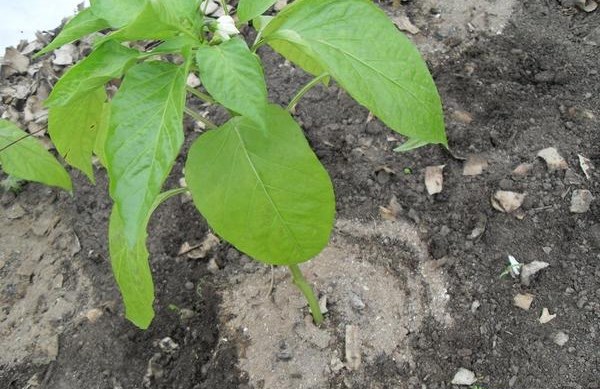
Concerning foliar (leaf dressings), then they are used as additional, since they are the most effective when the plant especially needs certain trace elements (which manifests itself in its appearance), in other words, they are carried out as needed.
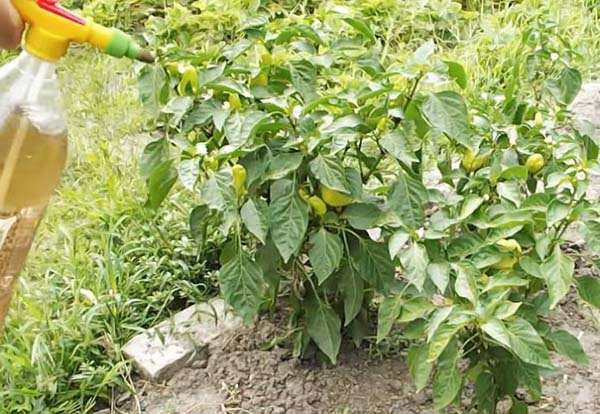
Interesting! Foliar feeding increases the digestibility of fertilizers during critical periods of growth and development, thereby compensating for the deficiency of macro- and microelements and improving the efficiency of fertilization (increases the availability of other nutrients, especially against the background of nitrogen application).
Feeding rules
- For feeding, you should choose morning or evening hoursor daytimeif worth overcast.
- Top dressing is very convenient combine with watering.
Directly before applying mineral fertilizer, anyway, you need watersince it is always recommended to feed it on wet soil.
- Exemplary consumption of liquid fertilizers for 1 plant - about 0.5-1 liter (in the greenhouse it can be smaller, in the open field - more, because there is a stronger evaporation).
- Top dressing is best done regularly, every 7-14 daysto constantly feed the plant.
If you are feeding more oftenthan it is recommended by the manufacturer in the instructions on the packaging, then you just need reduce their concentration.
Pepper feeding scheme: when and how to fertilize
It is worth feeding peppers in a greenhouse and open field according to a certain scheme, so it is extremely important to know when and at what time certain fertilizers should be applied. In this case, it is most convenient to rely on certain phases of plant development.
It is quite obvious that in different periods of the growing season, pepper requires different macro and microelements.
Many experienced gardeners adhere to the following scheme for feeding pepper, focusing on the phases of its development:
In short: before flowering - more nitrogen, during flowering (if adverse weather - very hot) - boron, before and during fruit setting - calcium, after flowering and during fruiting - less nitrogen, more potassium, a little phosphorus.
After planting seedlings in the ground (before flowering)
7-14 days after planting the seedlings in the ground (in a greenhouse or on a garden bed in open ground), it is highly recommended to carry out the first top dressing of the pepper, adding nitrogen fertilizer to increase the green mass and power of the bushes.
So, you can fertilize the pepper after planting in the ground either with pure nitrogen fertilizer, or immediately use a complex fertilizer, which also contains other macro- and microelements.
Note! Peppers need more nitrogen than tomatoes. Moreover, they (nitrogen fertilizers) do not delay the ripening of fruits and will also be necessary during the period of fruit filling, along with potassium.
As nitrogen mineral fertilizers for feeding peppers, you can use the following feeding:
- ammonium nitrate (30-40 grams per 10 liters of water);
By the way! The site has a separate article about how to properly apply ammonium nitrate in the garden.
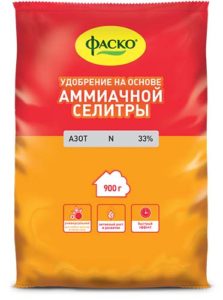
- urea (20-30 grams per 10 liters of water).
Advice! About, how to use urea for plant nutrition detailed in this material.
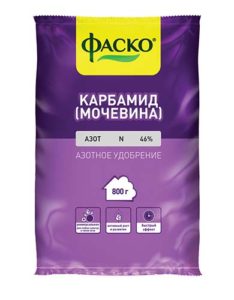
Worth knowing! Ammonium nitrate Is a faster-acting fertilizer than urea.
By the way! Differences in application these two mineral nitrogen fertilizers you can read in this comparative material.
If you are a supporter organic agriculture, then as nitrogen fertilization for the first feeding of pepper, you can apply the following:
- infusion of mullein (most often, 1 in 10);
- poultry or chicken droppings (usually diluted 1 in 20 with water);
By the way! In the purchased granulated chicken manure, there is not only nitrogen, but also almost the entire complex of macro- and microelements.
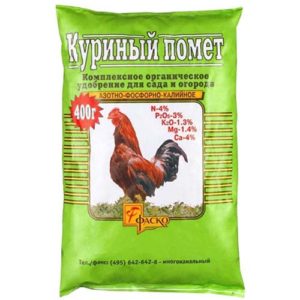
- green fertilizer (nettle infusion, also 1 in 10).
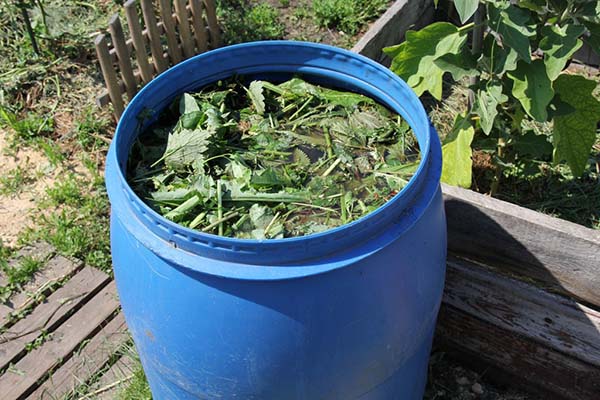
Video: feeding peppers with organic fertilizer during fruiting
During flowering
To help the plant set the maximum number of fruits, especially if during its flowering period there is unfavorable weather (for example, high temperature), pepper should be sure feed boron, and having drawn exactly foliar feeding (by leaves).
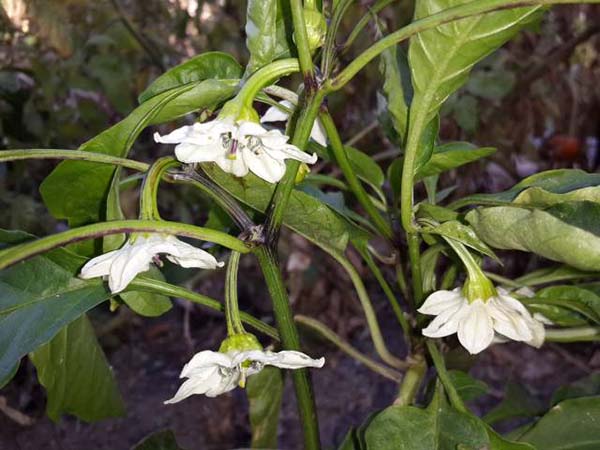
As a means for feeding peppers during flowering with boron, you can use - boric acid (5-10 grams per 10 liters);

Advice! To prevent top rot before and / or after fruit setting highly recommended calcium supplementationby making foliar (leaf) feeding. Alternatively, you can use calcium nitrate (10-20 g per 10 l), which contains nitrogen - 14.9%, calcium - 27%.
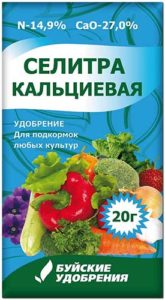
By the way! Calcium is also necessary for pepper in order for the plant to receive nutrition faster and easier, in other words, for better communication (intensive metabolism) between the root (underground) and aboveground (green) part of the plant (calcium is responsible for this).
During fruiting: fruit formation and ripening
At the next stage of development, during formation and ripening (filling) of fruits, pepper especially needs potassium.
And you must use fast and highly water-soluble fertilizers.
As potash dressings pepper during its fruiting (pouring fruits), the following are suitable:
- wood ash (100-200 grams per 10 liters of water);
Interesting! Ash contains a high amount of not only potassium, but also such important trace elements as calcium, sulfur, iron, magnesium, boron, manganese, molybdenum, sodium and others.
As a rule, there is almost no phosphorus in ordinary ash, but in the purchased version it is usually available.
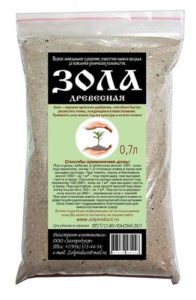
Worth knowing! Ash is definitely an excellent fertilizer for plants, especially in relatively acidic soils. But if you have an excessively alkaline soil (pH - 7-7.5 and higher), then in this case it is better to make foliar feeding on the leaves or not use at all wood ash.
Video: effective feeding of pepper with wood ash for pouring fruits
- potassium sulfate (20-30 gr.per 10 liters of water);
- potassium monophosphate (15-20 grams per 10 liters of water);
Potassium monophosphate is the fastest and most easily digestible form of phosphorus-potassium fertilizer.
However, such a fertilizer is quite expensive, besides, peppers do not need such an amount of phosphorus. Although, if your soil is poor enough, then you can use it.
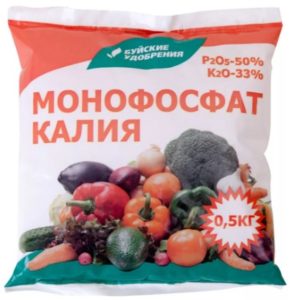
It is also very good to feed the peppers with various humates, especially this concerns potassium humate... Moreover, it (potassium humate) you can mix with others mineral fertilizers.
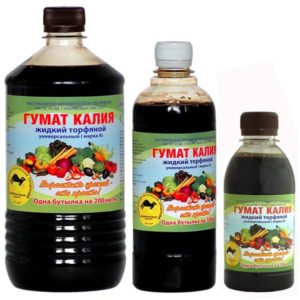
Or you can use Humate +7 with trace elements.
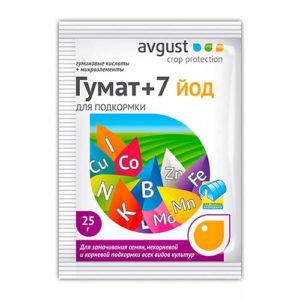
Important! Don't forget that in ripening period pepper also needs nitrogen, which does not delay the ripening of fruits and is necessary during this period along with potassium. However, during the ripening period, pepper requires 3 times more potassium than nitrogen.
Accordingly, as complex nitrogen-potash feeding pepper you can use potassium nitrate (20-30 grams per 10 liters of water), which contains: nitrogen - 13.6%, potassium - 46%.
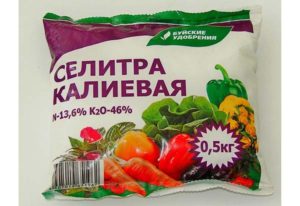
Specialized fertilizer for pepper
If you do not want to bother with the choice of fertilizers (you are a "lazy" summer resident), then you can buy one of the special complex fertilizers for peppers (as a rule, primarily for tomatoes, as well as eggplants), which already contains all the macro- and microelements (all apply and dilute according to the instructions on the packages):
- Agricola for tomatoes, peppers, eggplants.
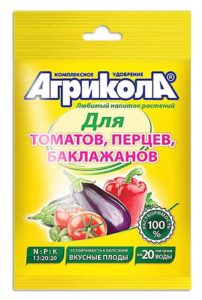
- Baby from Fasco "Tomatoes, peppers, eggplants."
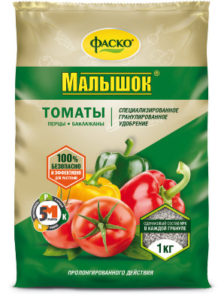
- Gumi-Omi "Tomato, eggplant, pepper".
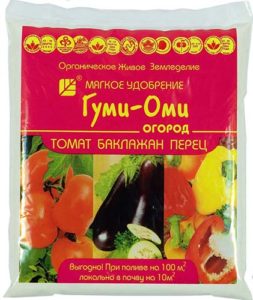
- Hera for tomatoes, peppers and eggplants.
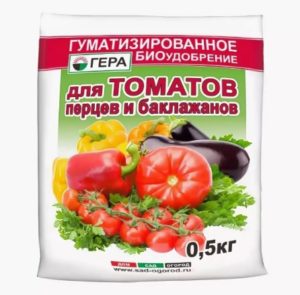
Thus, now you know when, how and how to fertilize peppers in the greenhouse and in the open field in order to increase the quantity and improve the quality of the fruit. The feeding scheme is more than simple: you just need to purchase the necessary fertilizers and regularly feed the plantings in the recommended doses.
Video: how to feed bell peppers

